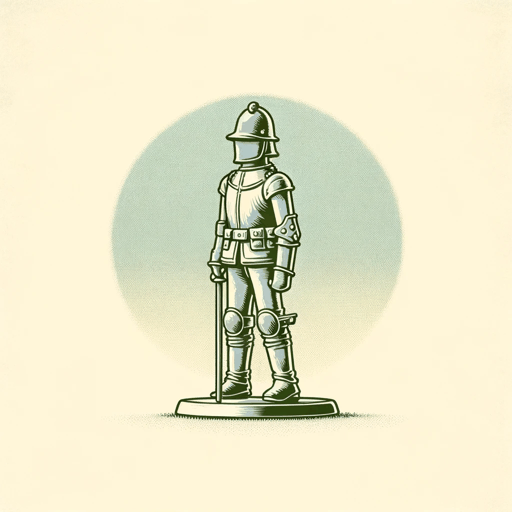54 pages • 1 hour read
Elizabeth WinthropThe Castle in the Attic
Fiction | Novel | Middle Grade | Published in 1985A modern alternative to SparkNotes and CliffsNotes, SuperSummary offers high-quality Study Guides with detailed chapter summaries and analysis of major themes, characters, and more.
Background
Historical-Literary Context: Chivalry
Chivalry comes from the same root word as cavalry, and it refers originally to the honor code of mounted soldiers. Medieval knights swore oaths to protect their lords and countries; these codes, with their rules for good behavior, varied across the centuries. Most of what modern people know of those codes were inscribed in books that told stories, many fictional, of chivalrous knights of the past.
In literature, chivalry became a theme during the 1100s, especially in the stories of King Arthur and the Knights of the Round Table. Among these are the 12th-century epic poem Yvain by Crétien de Troyes and Le Morte d’Arthur, a 15th-century prose book by Thomas Malory. These tales portrayed knightly conduct as more refined than it was in reality. The cruelties of warfare and feudal life often collided with virtuous ideals; chivalry thus was as much a figment of fiction writers’ imaginations as it was a well-observed code of conduct.
Several basic principles are common to both the fictional and real chivalric codes. They include compassion, courage, heroism, honesty, honor, and politeness, especially toward women, children, and the poor.
Featured Collections
Action & Adventure
View Collection
Action & Adventure Reads (Middle Grade)
View Collection
Books & Literature
View Collection
Books on Justice & Injustice
View Collection
Books that Teach Empathy
View Collection
Childhood & Youth
View Collection
Coming-of-Age Journeys
View Collection
Family
View Collection
Fate
View Collection
Fear
View Collection
Forgiveness
View Collection
Friendship
View Collection
Good & Evil
View Collection
Grief
View Collection
Guilt
View Collection
Juvenile Literature
View Collection
Loyalty & Betrayal
View Collection
Pride & Shame
View Collection
Safety & Danger
View Collection
School Book List Titles
View Collection
Trust & Doubt
View Collection
Truth & Lies
View Collection
Valentine's Day Reads: The Theme of Love
View Collection


